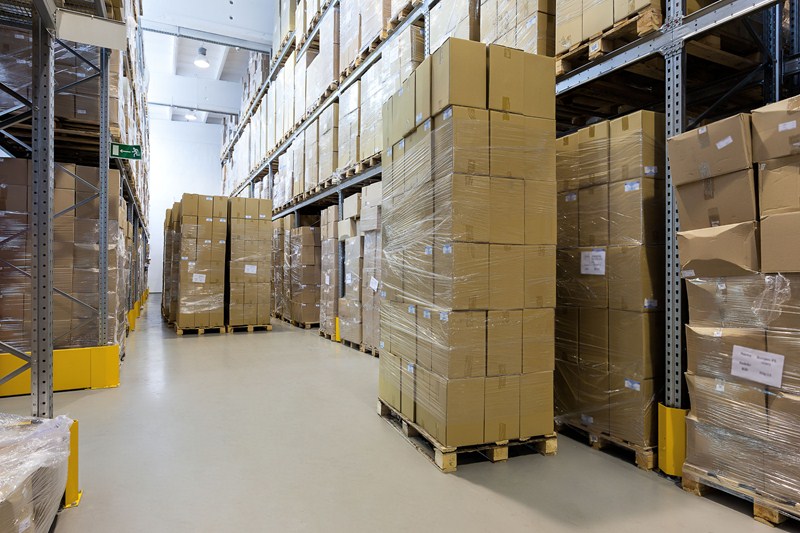Many will remember the empty shelves in supermarkets when lock-down commenced March 2020. In particular, the absence of toilet rolls…
Compare this with supplies of TVs and other luxury goods where there was no noticeable absence of supply.
These examples point to a basic economic theory; that a product with few substitutes (toilet rolls) and where demand is constant, is inelastic.
Products where there is no immediate, compelling need, chocolates or a new iPad, are said to be elastic from a demand perspective.
Why does this matter?
If you sell products that are demand inelastic – toilet rolls for example – there will be less resistance to price increases if supply becomes an issue. Witness the prices we all had to pay for loo-rolls when available earlier this year.
You might like to consider the range of goods and services that your business sells from this perspective.
If most of the goods you sell are demand elastic, price increases will tend to result in a lower volume of sales: customers will simply defer buying until prices reduce.
Alternatively, if supplies of inelastic goods start to reduce, sellers will be able to pass on price increases more effectively, as demand will remain constant.
It is worth considering these basic facts of economic life when you next consider the range of goods you offer.


Recent Comments